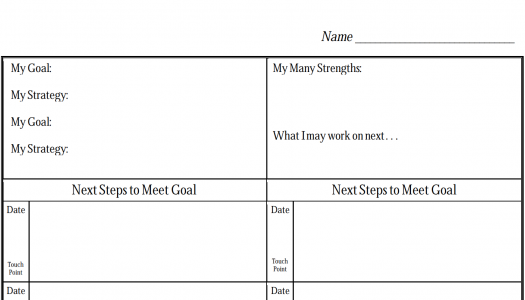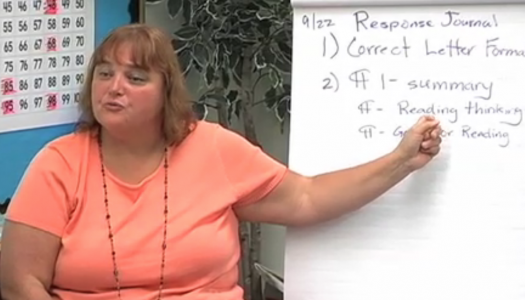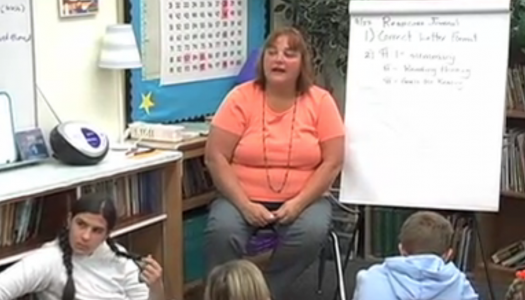Reading Response Journals, Part 1 of 5
Join Our Community
Access this resource now. Get up to three resources every month for free.
Choose from thousands of articles, lessons, guides, videos, and printables.
Gail's principal, Stan, frequently reminds his staff to think about the structure of the school day created for students by asking them to contemplate the following question, "Is the educational experience we are creating seamless from one class to the next, with clearly identified expectations that hold true regardless of the class or teacher?" We are particularly concerned when it comes to Special Education students and English Language Learners who may be leaving our classrooms several times a day.
We realized that one of our biggest areas of inconsistency was reading response journals. Each teacher required them, but the expectations, content and workload regarding the journals was vastly different.
Imagine for a moment that you have been teaching a small group of children who needed extra reading support outside of their regular classroom. They have made great progress and are ready to transition back into the classroom full time. You are going to help them set up the reading response journals they will be expected maintain independently. One of the students will be returning to a teacher who will provide 15 minutes at the end of each reading block for students to informally record their thinking in a spiral notebook. Another will go to a teacher who assigns a page of reflective thinking for homework each evening. One has a teacher that feels journals are private, and doesn't ever collect them, and the last one will be returning to a teacher who will collect them once a week for grading purposes.
We appreciate Stan's question, and think it is worth pondering. Thankfully, Stan isn't the kind of principal who mandates that we will all do something one way. He provides a climate where we can safely and honestly think about what's best for kids, learn from each other, and be reflective about our own practice. So, while there may not be one "best" way to have kids record in journals, we like how Pam's fifth grade kids are engaging in this activity, and are introducing the first in a five part series to share it with you.
Pam's students write a friendly letter reading response once a week, and turn them in on a rotating basis, creating a manageable amount for Pam to read and respond to.
In this video, Pam reviews the expectations for the response journal, emphasizing the concept of summary. The link below shows you the handout she provides students, clearly stating journal expectations.
View Response Journal Guidelines








